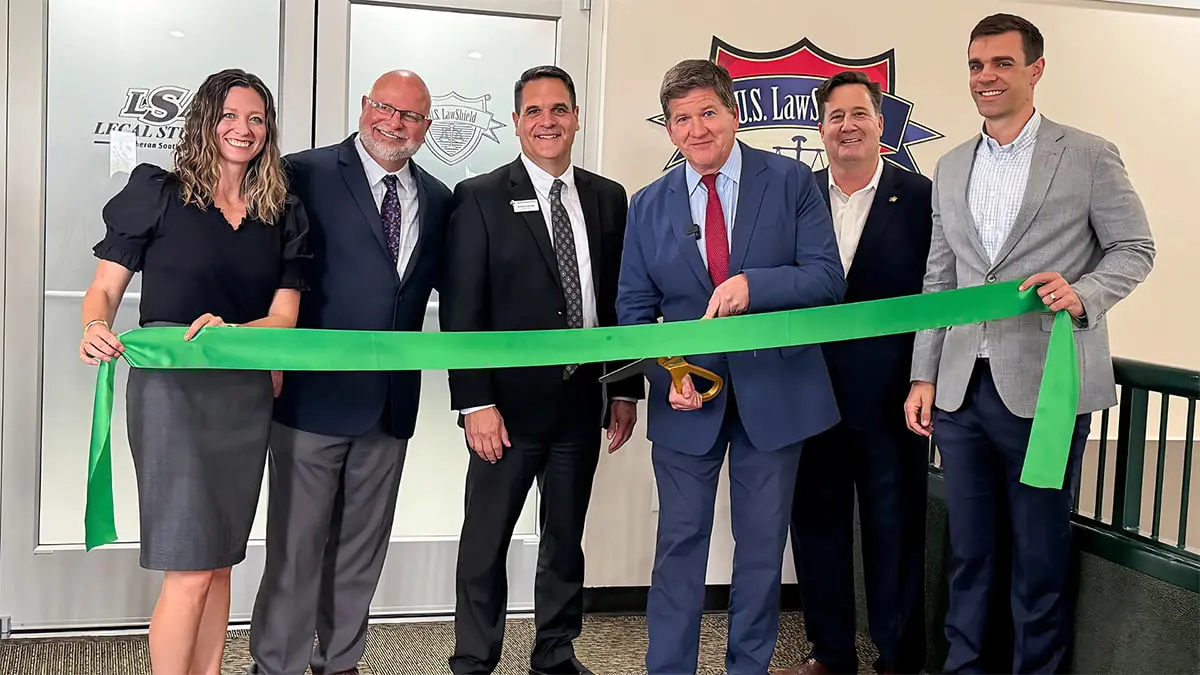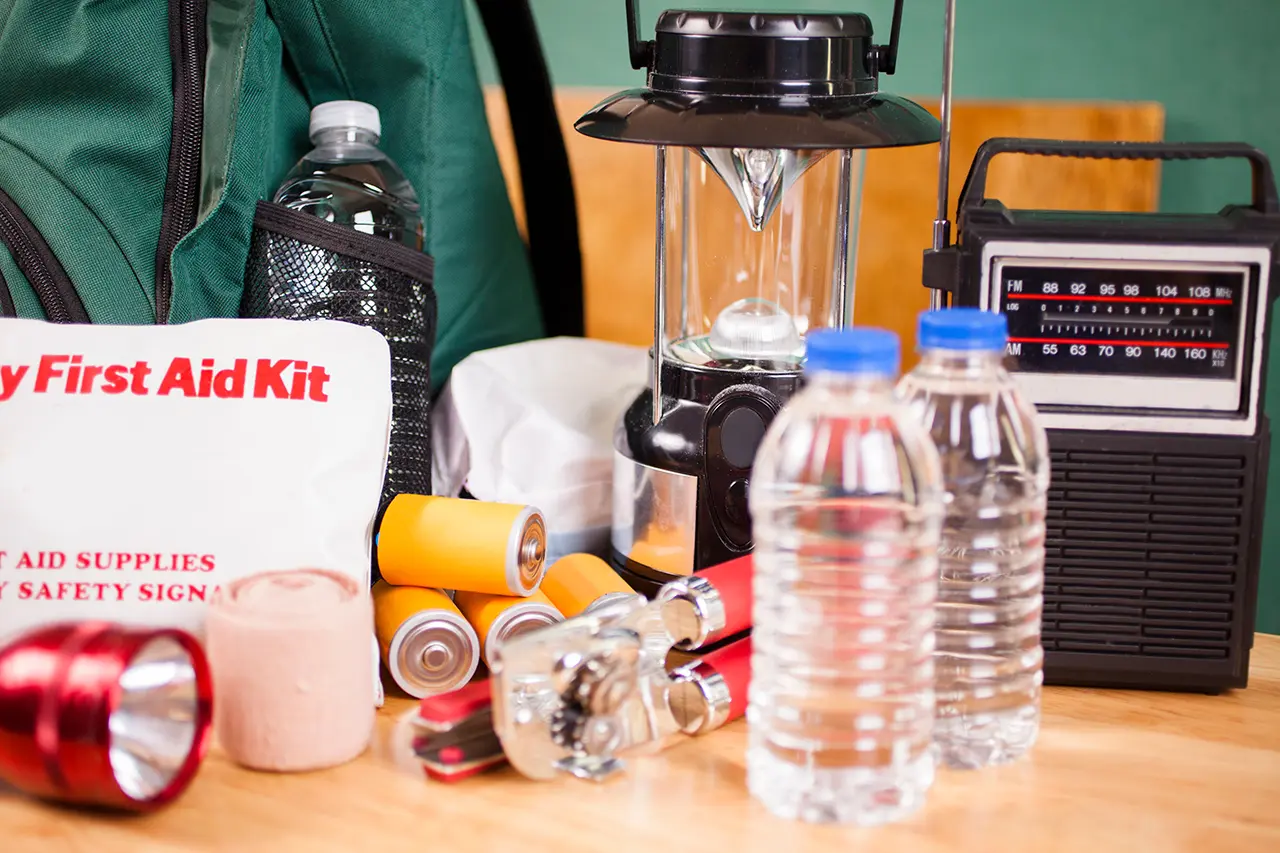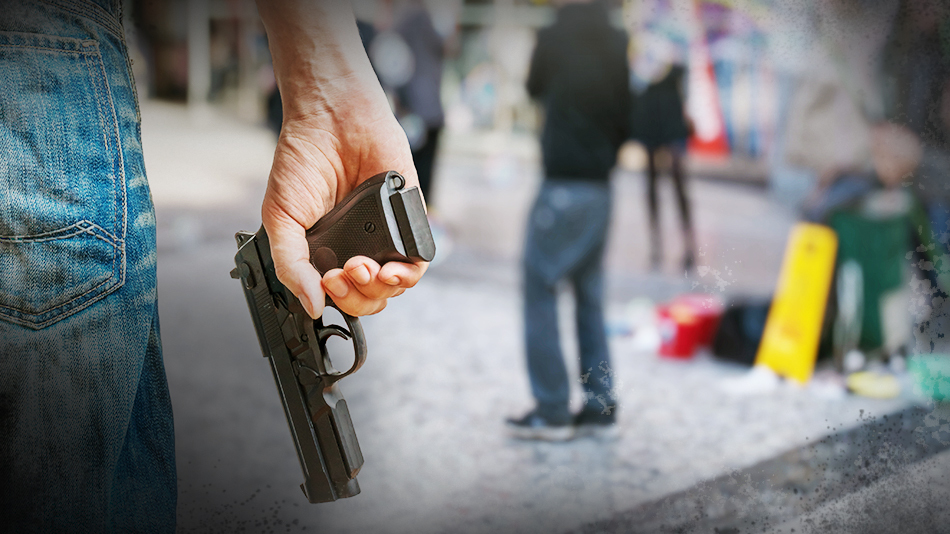
Carrying a gun in public for your own safety is growing increasingly popular, according to available data. With several gun-friendly Supreme Court rulings, many state legislatures are writing new laws allowing the practice, and many states are now passing permitless carry laws. With plenty to get out and enjoy in public once again, making the decision to take your safety into your own hands shouldn’t preclude that. And with some effort, this can usually be done while obeying the law. With this in mind, it’s worth considering the safety concerns and pitfalls, legal or otherwise, that come with carrying at public gatherings.
Please let us know if the following information helped you, or if there’s anything you’d like to add, in the comments.
Carrying concealed guns in public situations
While the phrase “carrying in public” covers a broad category of situations, for this article we’ll consider a public gathering as something that’s arranged beforehand. For example, a neighborhood party, a friend’s barbecue, or a public event at a park (as opposed to a trip to the grocery store). That is, anything that involves a group of people while you are visible or accessible to the public in some form, at which you opt to carry concealed for your safety.
First, we have to establish that you must follow all state and local laws. You may need a license, concealed weapon or otherwise, or your state might allow carrying concealed guns without a permit (permitless carry). Regardless, we recommend carrying concealed handguns with a concealed weapons permit as well as attending the requisite training class, since many permitless carry laws don’t provide all of the benefits a concealed handgun permit might. Just make sure you understand the differences that may exist in your state depending on whether or not you have a permit: Information is power.
Next we need to think about the venue for the event. Every state has different laws on where you can legally bring guns and bringing them to the wrong places can land you in significant legal trouble. Learn and understand your state’s gun regulations so that you can be sure you’re carrying safely and legally. Additionally, there are situational considerations to take into account:
- Will there be a law enforcement officer present? If so, consider how you might be perceived during an emergency situation if you’re seen holding a firearm. Local law enforcement is there to help, but they won’t immediately know you’re a good guy.
- Will you likely be stuck in traffic? Road-rage incidents often stem from this, and the law surrounding carrying in a vehicle may be worth brushing up on.
- Are there prohibited places, a government building or other restricted access areas nearby? If the event you’re attending is near a school, post office or state/county courthouse, this is a valid consideration, and may dictate where you can park or walk, to and from the event.
Once you’ve established where and when you can carry a handgun while obeying relevant gun laws, the next thing to contemplate is how you’d like to go about carrying. There are many effective carry methods, each with their own merits and problems, safety concerns and conveniences.
Enjoying this content? Find out how you can get more sent straight to your inbox.
Methods of carrying
The most popular of them place the gun on your person, attached to a belt, at the waist, accessible to the dominant hand. Consider the following:
- “In WaistBand” (IWB) carry – Firearms carried this way are attached to the belt, behind your pants/shorts/skirt. There are a number of places you can position a handgun in this fashion, with appendix carry (front of the body, often between 12-2 o’clock) and strong side (at, or behind the hip toward the back, often between 3-5 o’clock) being the most popular. You may also choose cross-draw carry (10-11 o’clock) for your handgun, where you reach across the front of your body with your dominant hand to draw—though this presents a potential issue with sweeping the muzzle of the gun across people in front of you unnecessarily as you draw.
- “On WaistBand” (OWB) carry – Firearms carried this way are attached to the belt of your pants/shorts/skirt. This is generally done strong side or cross draw, with the same precautions for cross draw mentioned above.
- Pocket carry – This is usually reserved for a small revolver or subcompact semiauto. For safety, be sure to keep that pocket empty otherwise. Utilizing available gun safety mechanisms and possibly a pocket holster are other considerations for this method.
IWB is arguably easier to conceal. A T-shirt, blouse or button-down can often hide the gun from public view without requiring additional clothing. OWB can be more comfortable for some, but you may find that an extra shirt, hoodie or jacket is necessary to properly conceal a firearm. Since you will likely be visible by the public most of the time, ensuring proper concealment is key—so balancing comfort, weather and cover garment needs is important. An abundance of aftermarket products are built for concealment and safety to suit any style, need and budget. This includes numerous belt, holster and cover garment options.
Alternatively, there are carry methods that do not place the gun on your person. A bag or purse is usually the most common choice. Although this can be more comfortable, it likely also places the firearm outside of your direct control. Obviously, misplacing a bag that contains your wallet and a gun is a big issue. Additionally, bags are often a target of theft, either while unattended or in a purse-snatching situation. It can be done safely, but be sure to be realistic about the potential issues with any method of carry, and account for them as best you can. Your best bet for making any method of carry safer and more effective is training. The more training hours you can log with the holster or carry method you choose, the better off you should be if you need to put it into practice.
Finally, make sure that you limit administrative handling (any handling of the firearm that doesn’t involve shooting it) in public. Adjusting your holster, checking your magazines, etc. are likely to draw negative attention of those around you or even police. Additionally, the more you handle a firearm unnecessarily, the greater the risk of dropping it, or worse. Safety should be your number-one concern.
Beyond the gun: Other weapons
There are places you might go where a gun would be either illegal or too difficult to legally carry. Perhaps security is very tight and would turn you away, as is their right, or the venue’s ban on weapons carries the weight of law. Knives are a popular choice, either pocket or fixed blade, but how much formal instruction do you have using one in self-defense? Your handling of a knife will likely be better if you take a class or work with an instructor in some capacity. Check with an attorney or confirm your local laws before carrying a knife.
Additionally, pepper sprays can be effective self-defense tools. They are readily available online, and you can often order them with training devices identical to the self-defense model but filled with inert water. This will give you a feel for how the spray works, at which range it’s most effective and for how long you can hold the button down before it runs out—all of which will be valuable information should you actually have to use it.
Concealed Carry at Public Gatherings FAQ’s
Your Protection Starts Here!
The information provided in this publication is intended to provide general information to individuals and is not legal advice. The information included in this publication may not be quoted or referred to in any other publication without the prior written consent of U.S. LawShield, to be given or withheld at our discretion. The information is not a substitute for, and does not replace the advice or representation of a licensed attorney. We strive to ensure the information included in this publication is accurate and current, however, no claim is made to the accuracy of the information and we are not responsible for any consequences that may result from the use of information in this publication. The use of this publication does not create an attorney-client relationship between U.S. LawShield, any independent program attorney, and any individual.





Leave A Comment